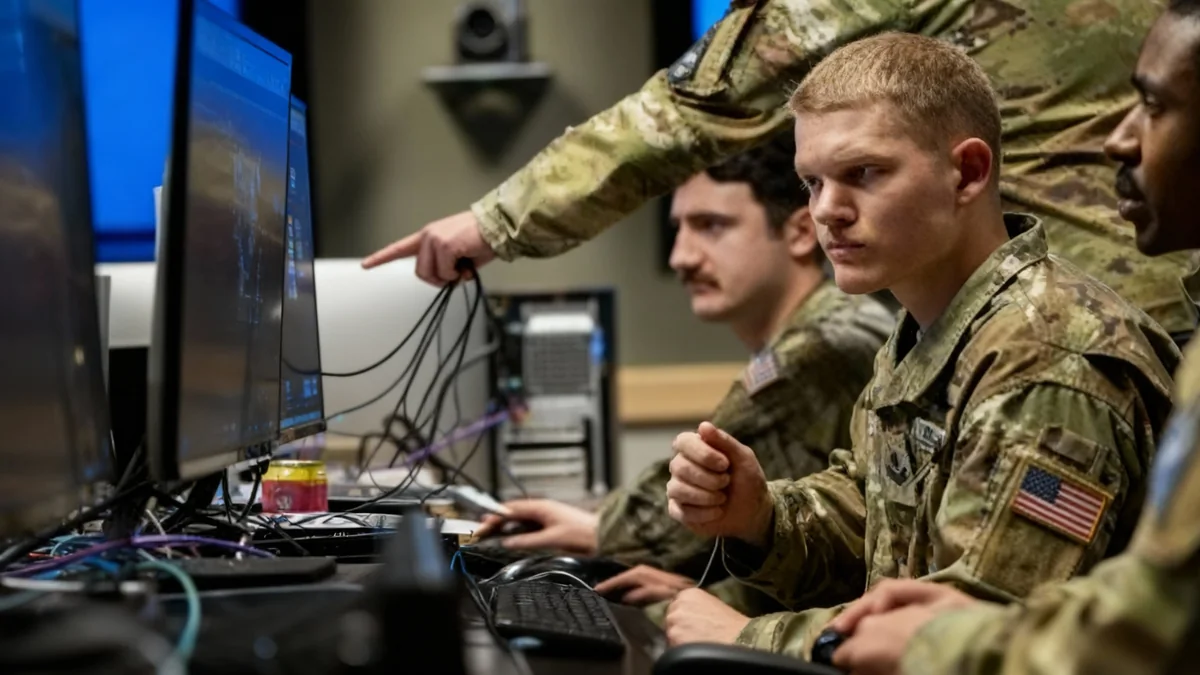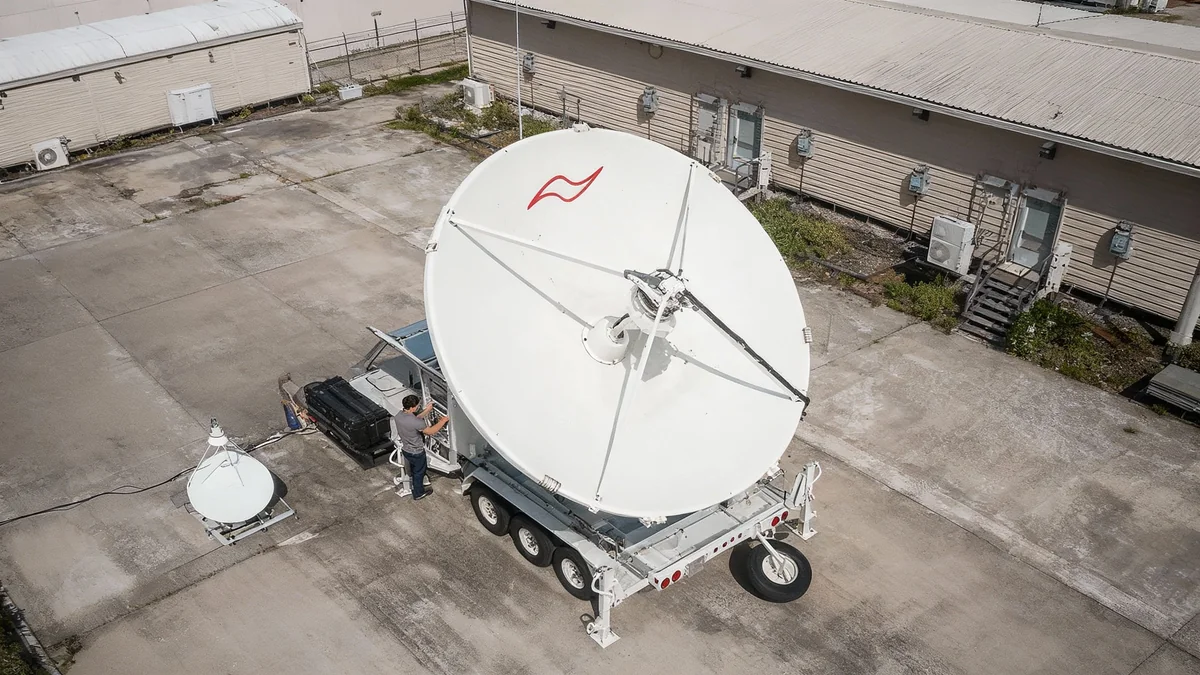A new report from a prominent aerospace think tank is advocating for a significant shift in U.S. military strategy, suggesting the Space Force should deploy its personnel, known as Guardians, directly into orbit. The proposal argues that placing humans in space would provide a critical tactical advantage over adversaries and enhance the survivability of vital satellite systems.
Published by the Mitchell Institute for Aerospace Studies, the report emphasizes that human adaptability and decision-making capabilities in space could create complex challenges for potential opponents like China and Russia. This comes as concerns grow over the development of counter-space weapons designed to target American assets.
Key Takeaways
- A new report recommends sending U.S. Space Force Guardians into space for military missions.
- The presence of humans is seen as a way to repair, upgrade, and defend critical satellites in orbit.
- Experts argue that attacking a crewed military asset would present a much higher risk for an adversary, acting as a powerful deterrent.
- The proposal is part of a broader strategy to make U.S. space systems more flexible and resilient against emerging threats.
The Human Advantage in a Robotic Domain
The report, titled “A Broader Look at Dynamic Space Operations: Creating Multi-Dimensional Dilemmas for Adversaries,” positions humans as a key component of future space defense. While automation and robotics are advancing, the document argues that no machine can match the flexibility of a person on-site.
Charles Galbreath, the report's author and a senior fellow at the Mitchell Institute, highlighted this point. “It is important to remember the fact that the most flexible system ever launched into space by the United States is the human being,” the report states.
The argument draws on historical precedent. Astronauts were essential for complex missions such as repairing the Hubble Space Telescope and rescuing other satellites. The report suggests that Guardians in space could perform similar roles, conducting on-orbit maintenance, refueling, and upgrades to extend the life and capability of military satellites.
A Strategy of Dynamic Operations
The call for Guardians in orbit is part of a larger strategic concept called "dynamic space operations." This strategy urges the Space Force to make all its assets—from satellites in space to command centers on the ground—more adaptable, maneuverable, and survivable. The goal is to counter the increasing sophistication of anti-satellite technologies being developed by other nations.
Raising the Stakes for Adversaries
Beyond the practical benefits of in-space repairs, the report points to a powerful strategic deterrent: the risk calculus for an enemy would change dramatically if U.S. military personnel were present in orbit.
An attack on an uncrewed satellite, while a serious act of aggression, carries different implications than an attack that could kill American service members. This idea introduces a human element into the otherwise sterile environment of space warfare.
“Harming an uncrewed satellite is one thing; harming a space station with military crew on it is a completely different risk calculus for an adversary to consider,” the report explains.
This concept aims to raise the threshold for what an adversary would consider an acceptable action, potentially preventing conflicts from escalating into the space domain. The presence of a military crew transforms a technological asset into a human outpost, fundamentally altering the consequences of a hostile act.
An Inevitable Future?
While the idea of military personnel operating in space may seem futuristic, some experts view it as an unavoidable development. During a virtual event hosted by the Mitchell Institute, John Shaw, the retired former deputy leader of U.S. Space Command, acknowledged his initial skepticism but conceded that the move is likely “inevitable.”
Shaw suggested that humans would be indispensable in scenarios requiring intense command and control capabilities, especially when projecting military power across the vast distances of space. He noted that there are decision-making situations where human oversight is critical.
Guardians in Space Today
Though the Space Force has not yet conducted its own crewed military missions, its personnel have already reached orbit through partnerships with NASA. In 2020, Mike Hopkins became the first Guardian in space when he transferred to the new service branch while aboard the International Space Station. More recently, Space Force Brig. Gen. Nick Hague returned from a 171-day mission as a NASA SpaceX Crew-9 commander.
The Urgency of Preparation
The primary challenge is not whether to send Guardians into space, but when to begin preparing for it. Galbreath warned that the necessary infrastructure, training programs, and technology will take years to develop.
“We can't wake up one day and say, ‘My gosh, we need guardians in space,’” Galbreath stated. “We needed to make that decision 10 years ago, because it's going to take that long to develop the pipeline and the training and the capabilities in order to enable that.”
This sentiment aligns with broader efforts within the Space Force to anticipate future threats. Gen. Chance Saltzman, Chief of Space Operations, announced in September that the service is developing a planning document to forecast enemy trends through 2040. This forward-looking approach is intended to guide the acquisition of key technologies and help prioritize future missions, which could one day include Guardians operating far above the Earth.





